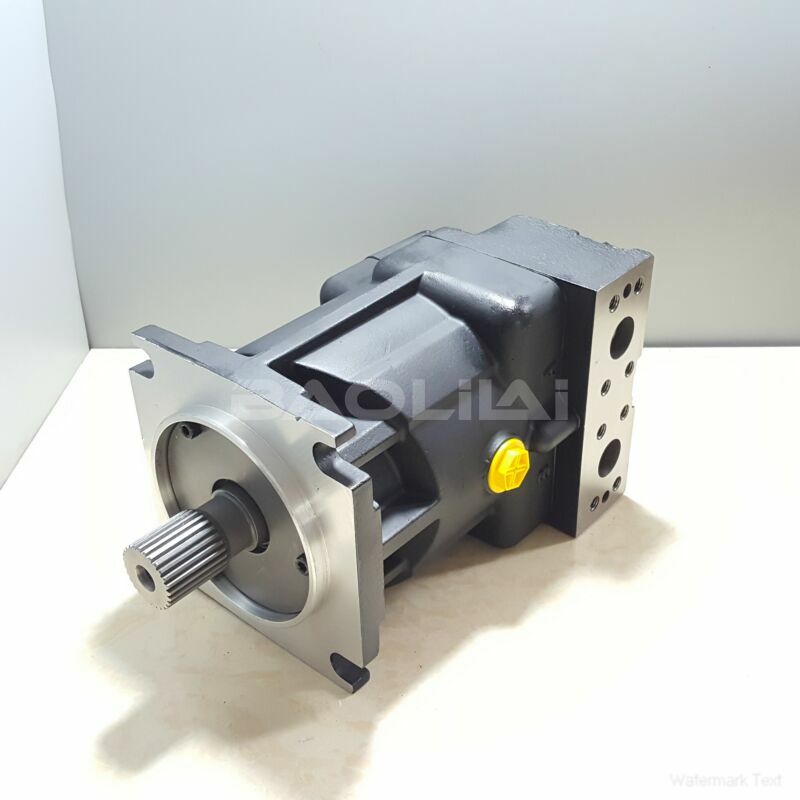90M075NC0N8N0K2W00NNN0000F0 sauer danfoss motor
90M075NC0N8N0K2W00NNN0000F0 sauer danfoss motor

- Product Details
- Applicable Scene
When it comes to enjoying a peaceful ride in a vehicle powered by a piston engine, soundproofing is essential. These engines can produce considerable noise, both from the engine itself and from vibrations transmitted through the vehicle’s structure. Fortunately, there are effective strategies to minimize engine noise and enhance the overall driving experience. Here are some of the best methods for soundproofing a piston engine.
90-M-075-NC-0-N-8-N-0-K2-W-00-NNN-00-00-F0
90M075NC0N8N0K2W00NNN0000F0
First and foremost, insulating materials play a vital role in reducing noise. Soundproofing mats made of foam or specialized acoustic materials can be installed in the engine compartment. These materials absorb sound waves and limit the transmission of noise into the cabin. Look for products specifically designed for automotive applications, as they can withstand high temperatures and are resistant to moisture.

83008604
Another effective method is to use engine covers. Engine covers can be constructed from sound-absorbing materials or even reinforced composites that not only protect the engine but also help dampen noise. Investing in a high-quality engine cover tailored for your specific make and model can significantly reduce the transmission of sound into the passenger compartment.
Sealing gaps and openings is also crucial. Many vehicles have small gaps around the engine bay where sound can escape into the cabin. By using weather stripping or insulating foam, you can seal these gaps, reducing the amount of noise that enters the interior. Pay special attention to areas around wires, hoses, and any openings leading to the engine compartment.
Vibration reduction is another key component in soundproofing a piston engine. Engine mounts often transmit vibrations throughout the vehicle, contributing to cabin noise. Upgrading to high-quality, vibration-dampening engine mounts can help absorb these vibrations, minimizing noise. Additionally, using rubber or silicone grommets to secure hoses and pipes can reduce the rattling noise caused by vibrations.





